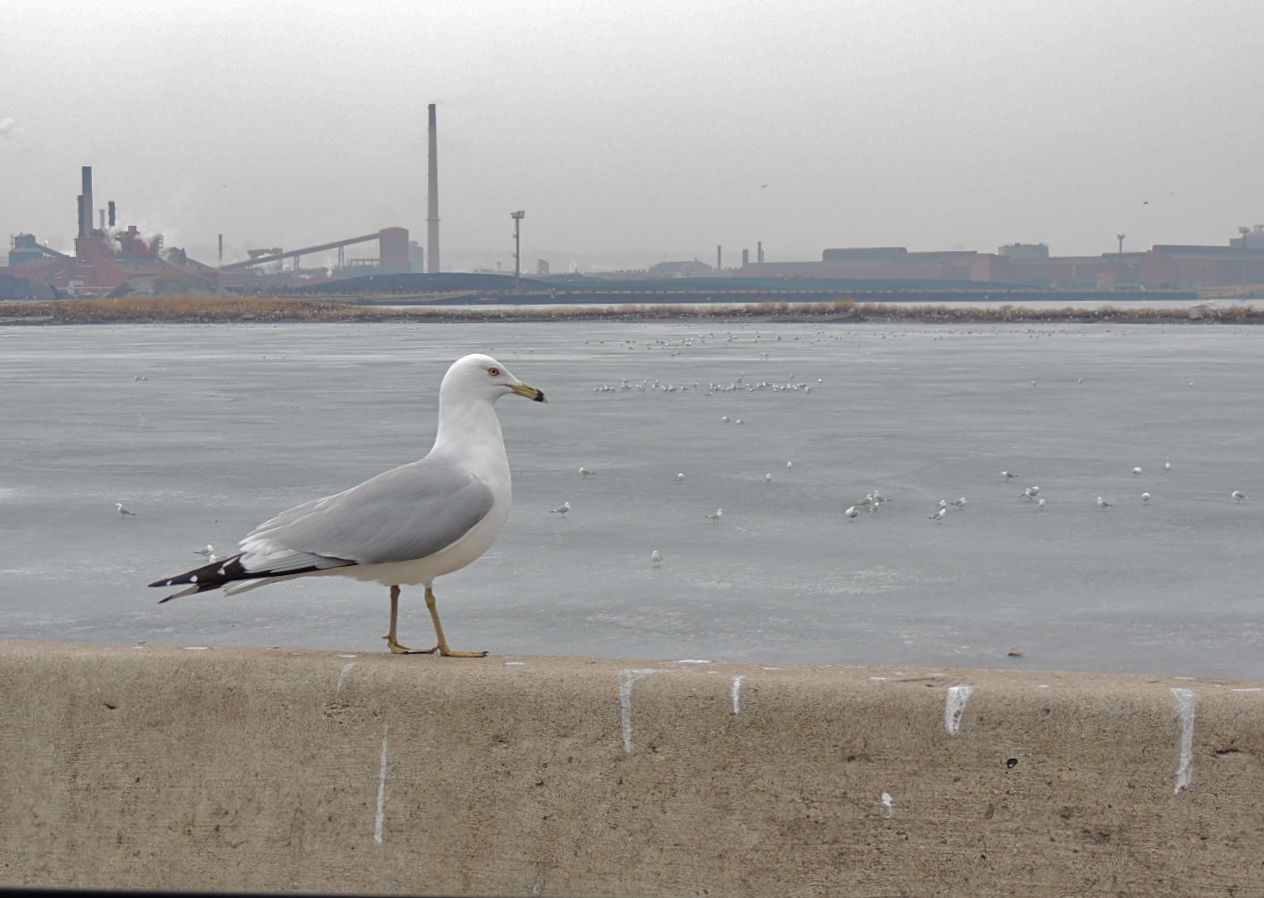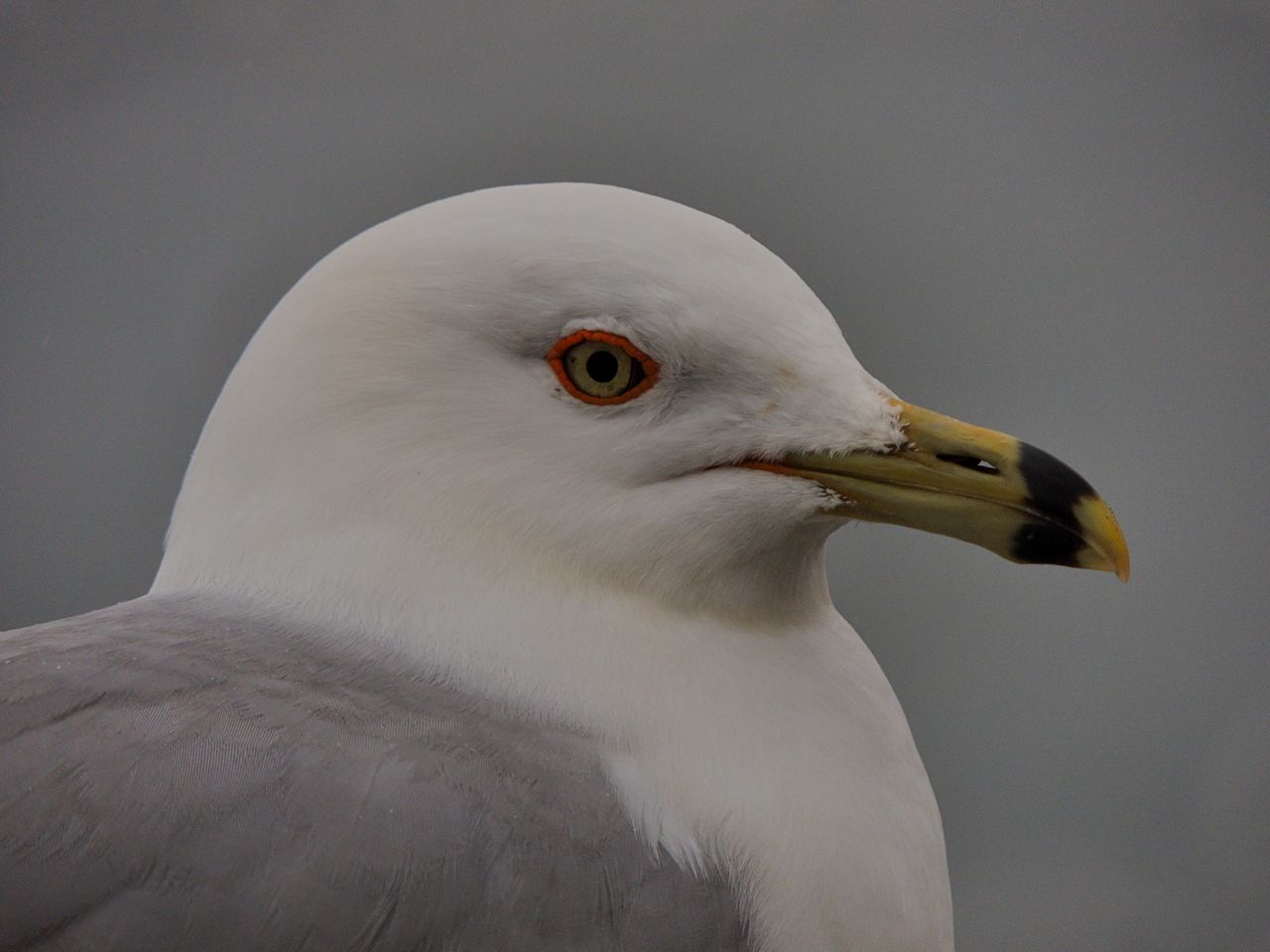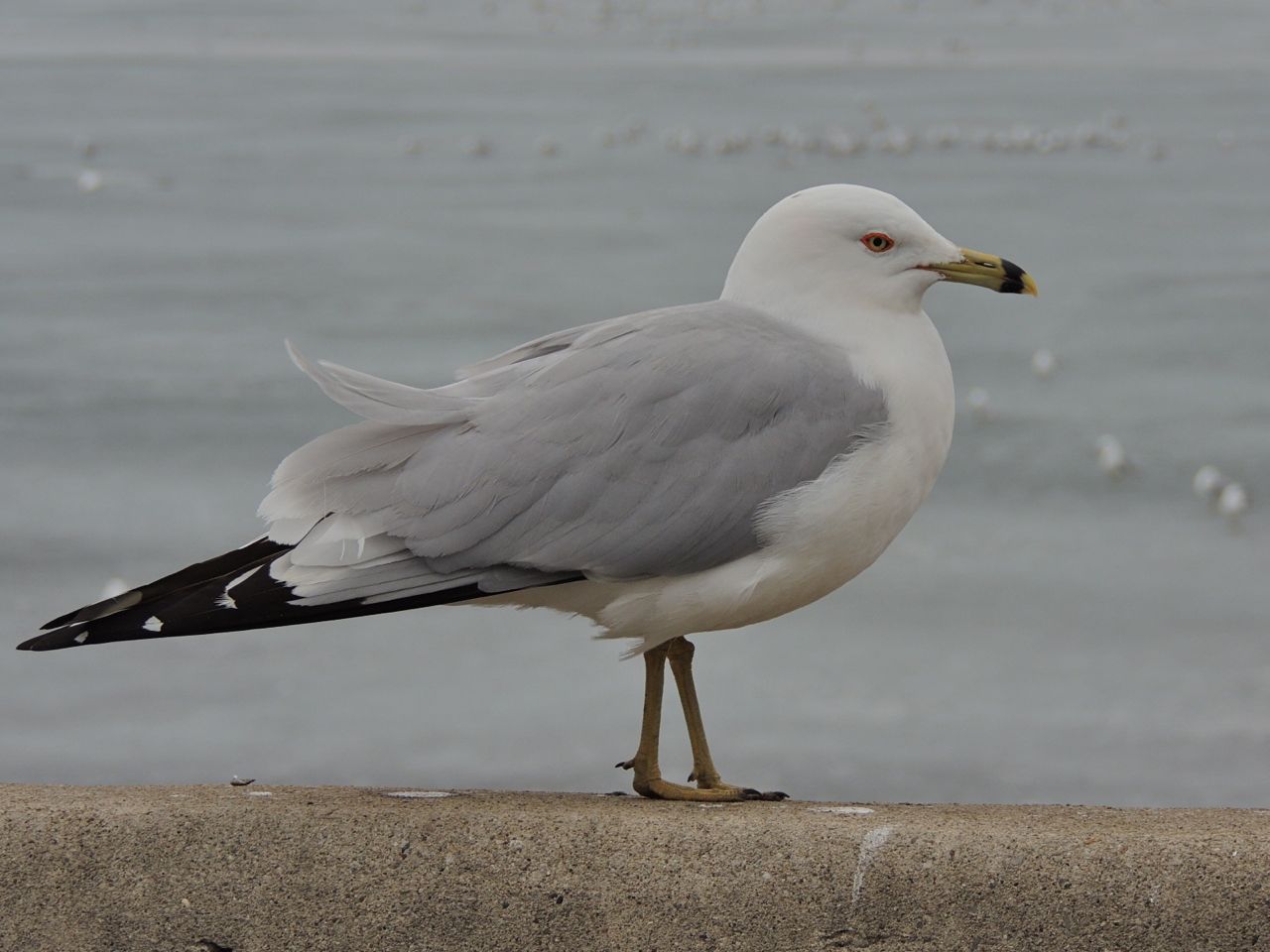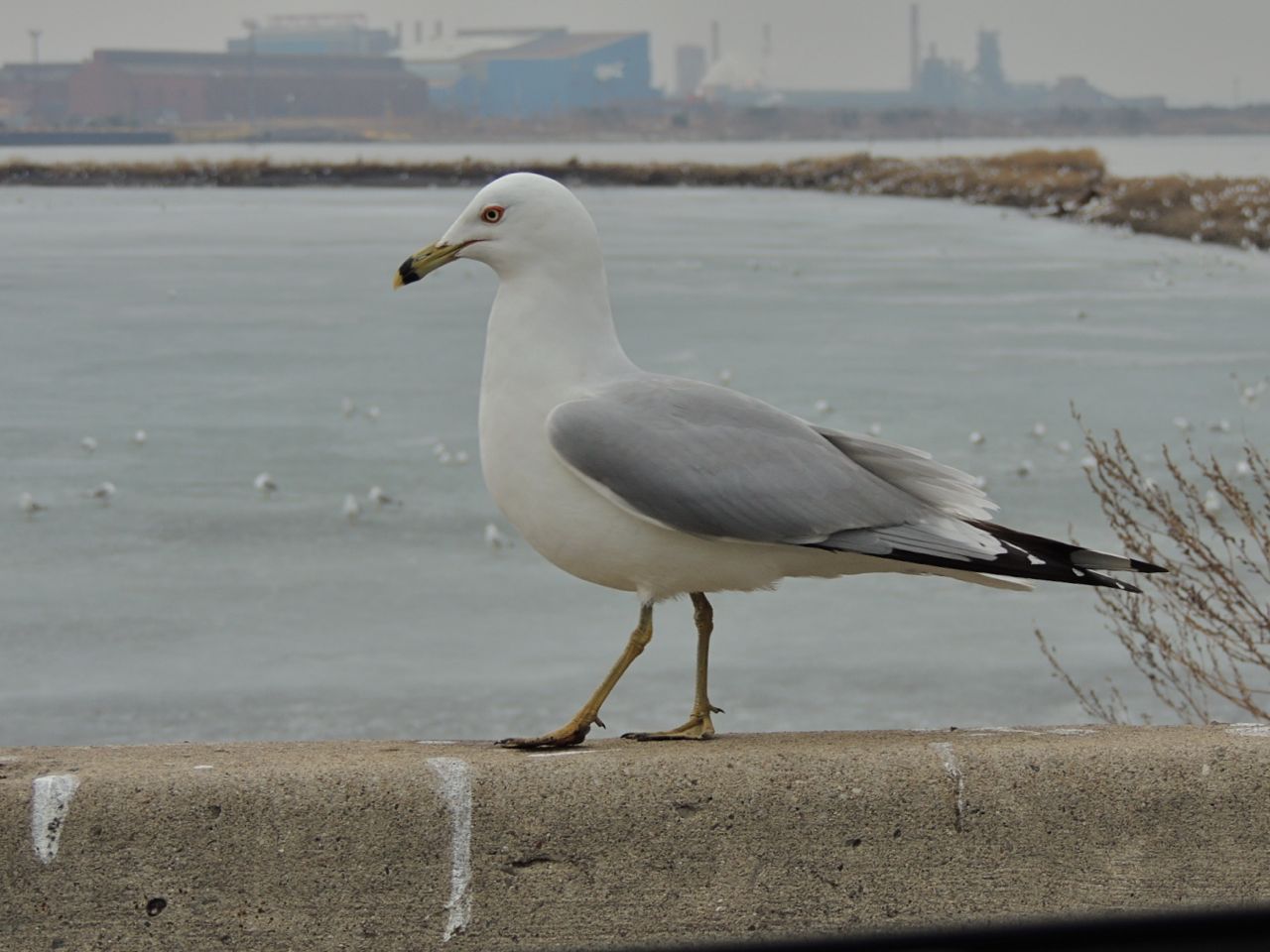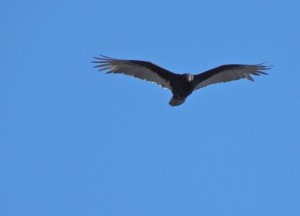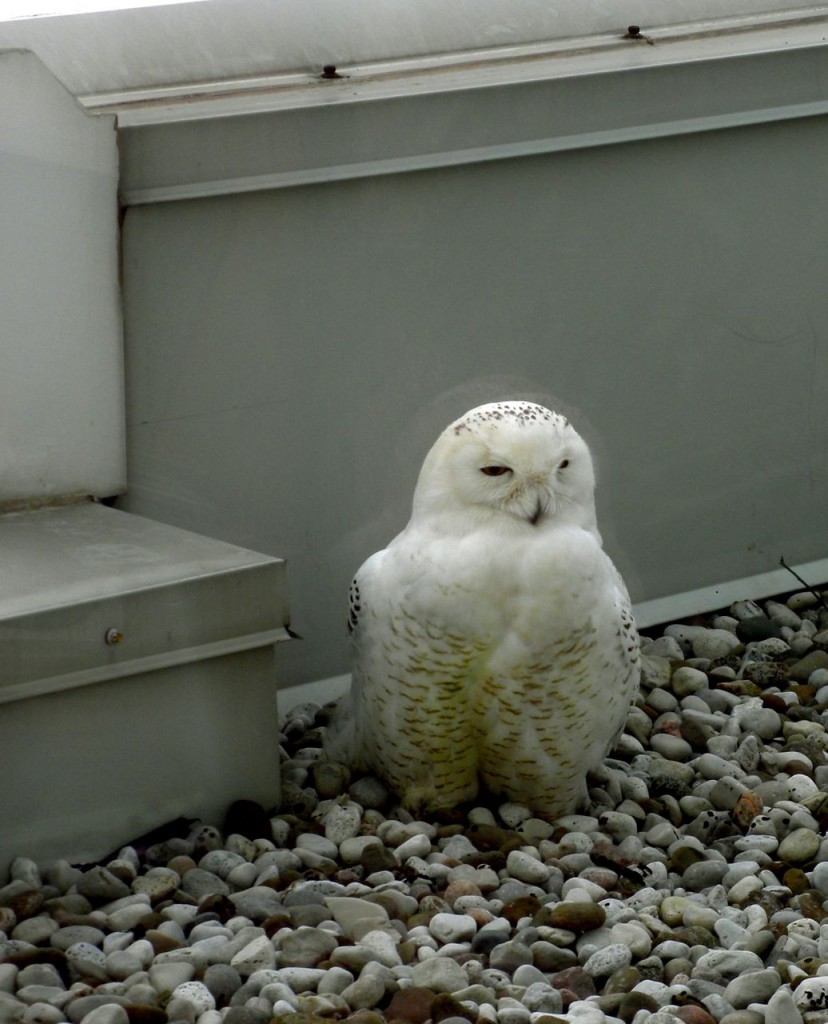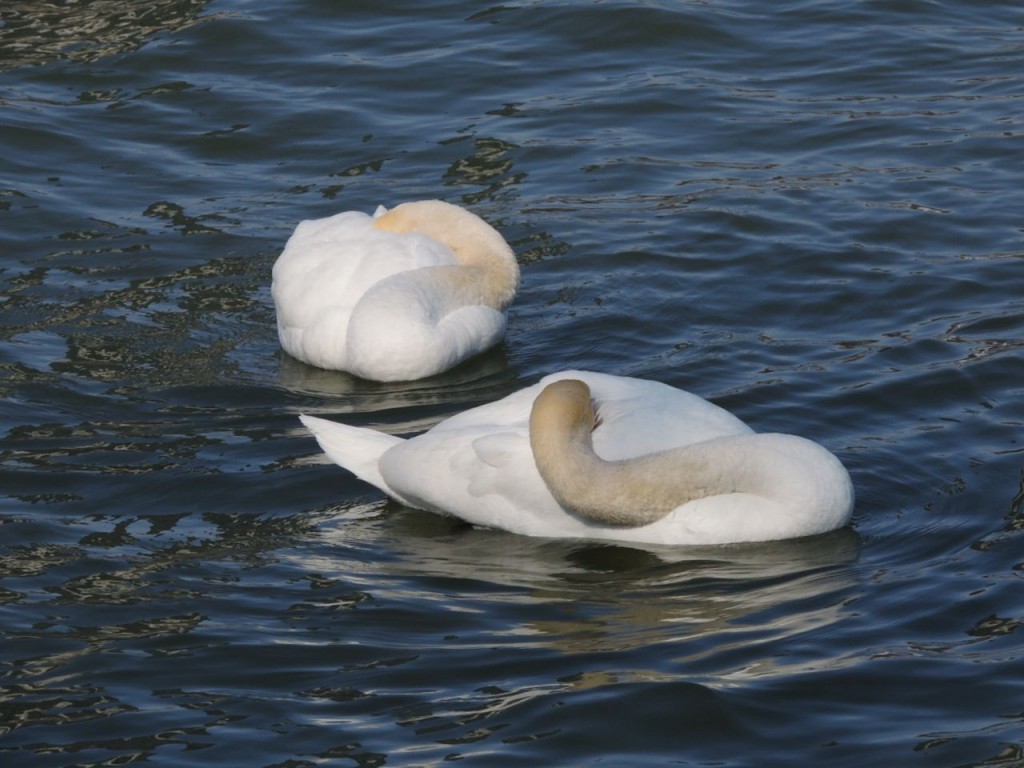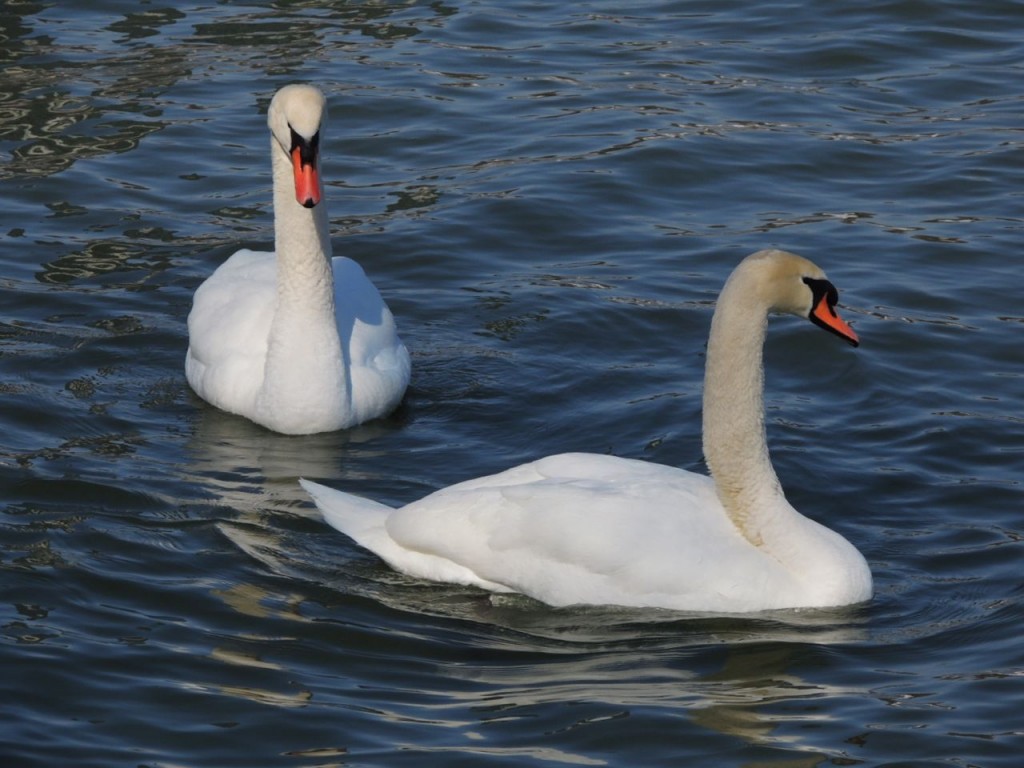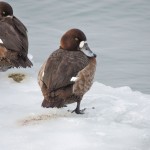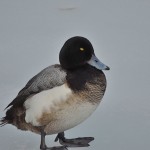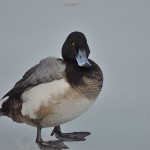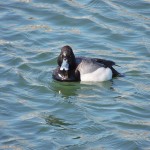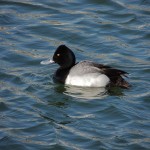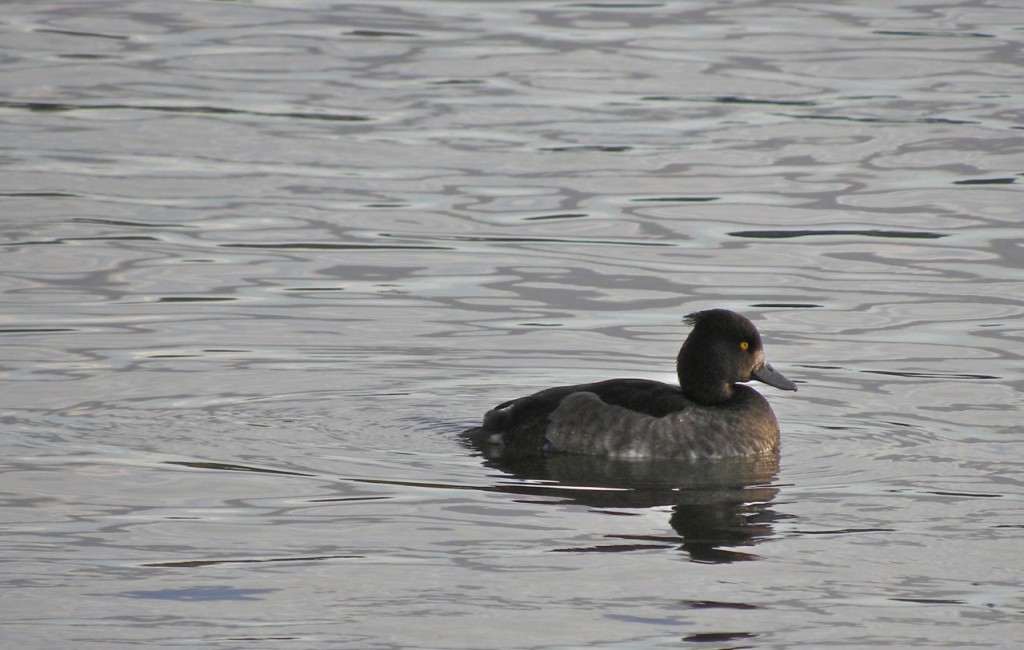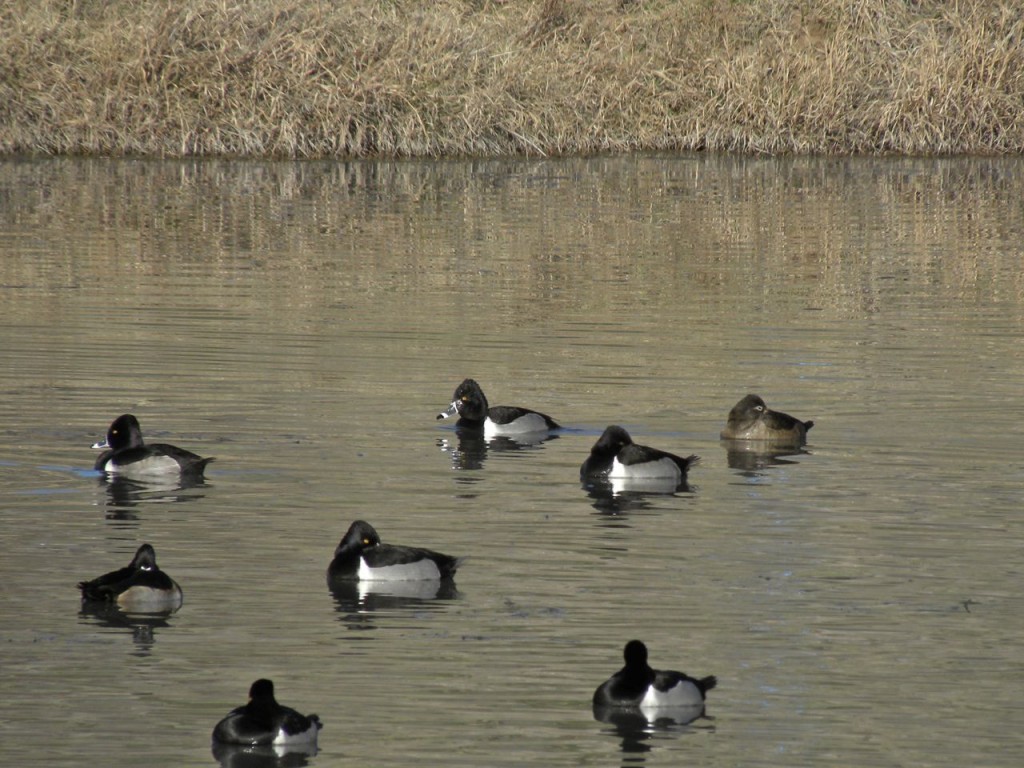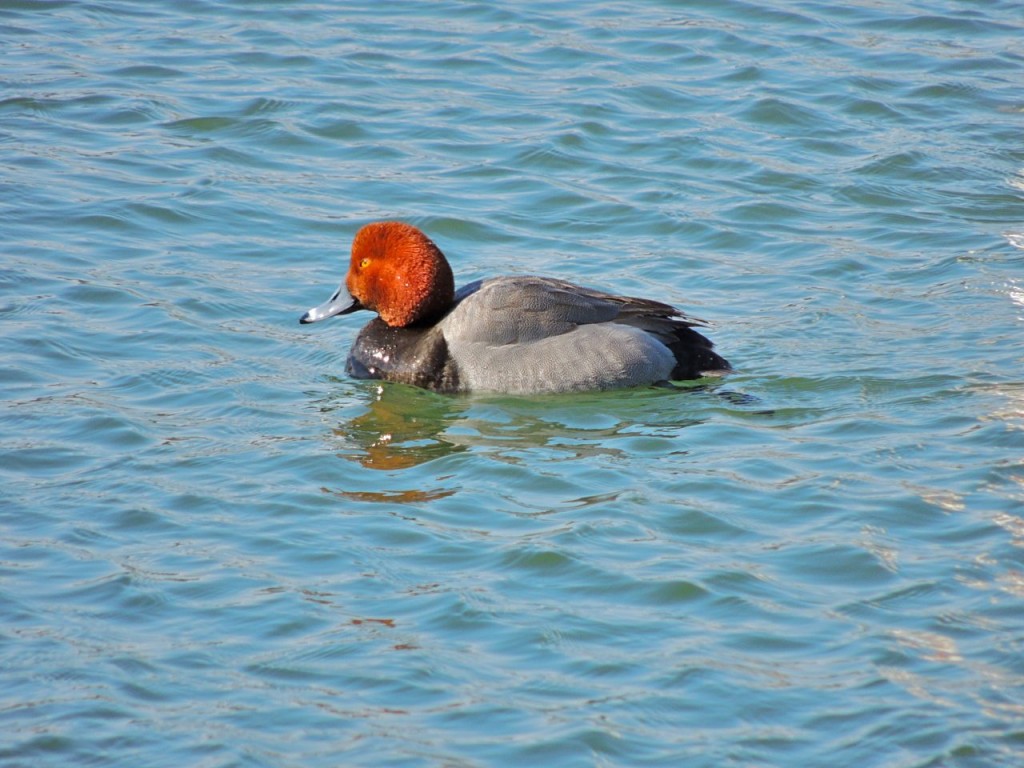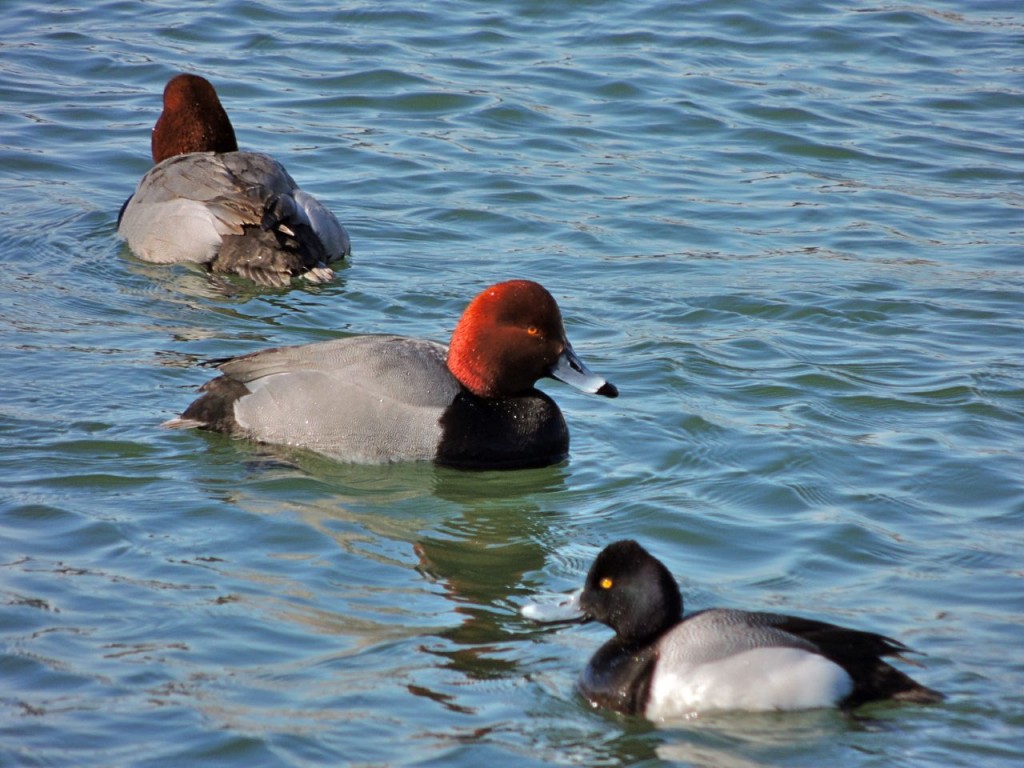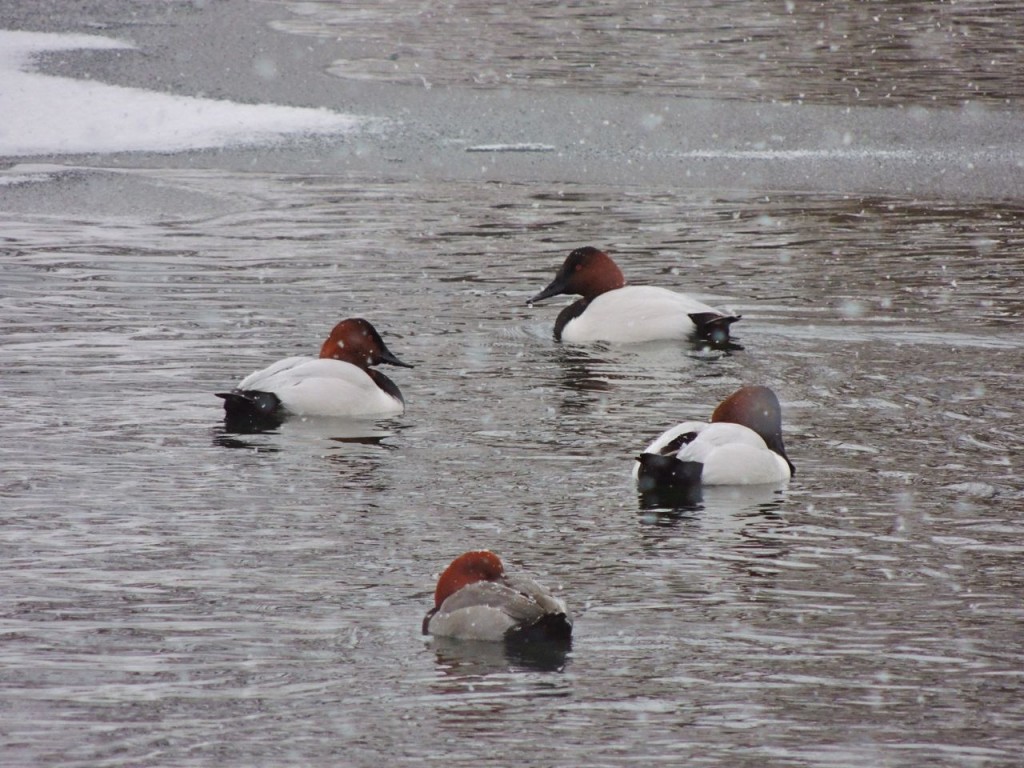21 March 2014. Niagara Peninsula ON. You know how it is when you’re driving in blinding rain and as you pass under a bridge there’s a moment of peace? Or you pass through the pool of light below a streetlight whilst walking down an otherwise dark as pitch street? Well, that’s how today’s weather seemed, a momentary relief to winter’s hostility. The sun shone warmly all day and both the birds and I thought it was time to get moving.
An account of my long day would be tedious but it included several highlights: The first being that spring migrants took advantage of winter’s let up to flood in. There were Red-winged Blackbirds, Brown-headed Cowbirds, Common Grackles, American Robins and Song Sparrows everywhere. Turkey Vultures streamed in to clean up winter’s road-side casualties, Red-tailed Hawks turned in circles riding the warm(ish) airs.
There was a singing Eastern Meadowlark, at first far off and faint but with a bit of scrutiny I found it on the top of a low hawthorn shrub and somehow the sight of it reinforced what I’d heard (or thought I had) to erase any doubts. Meadowlarks are always among the first spring arrivals and their clear four-syllable song is enough to make your day; as it did for me, my Bird of the Day. Here’s one from mid-spring two years ago.
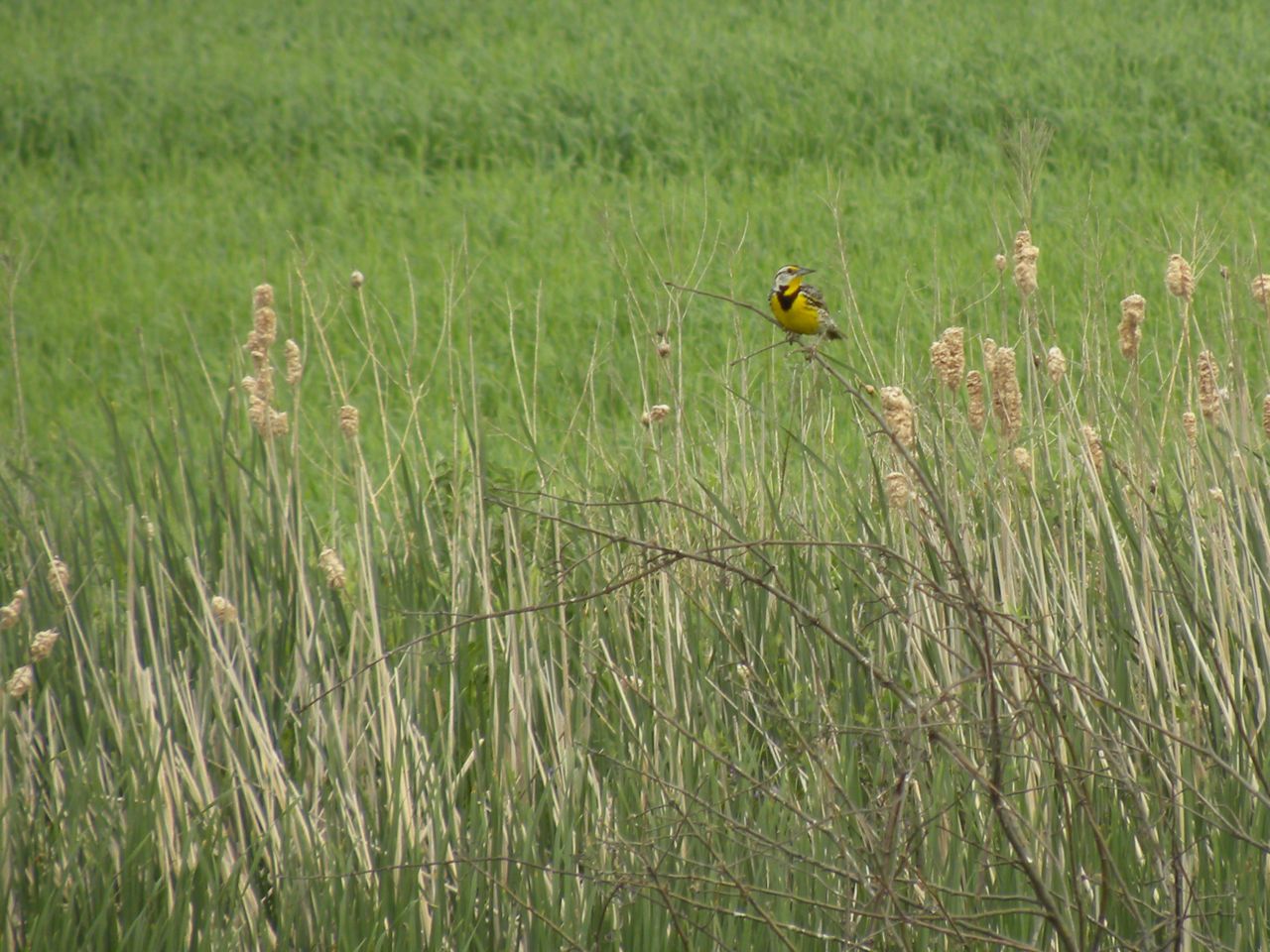
I spotted a beautiful young Rough-legged Hawk in the middle of a field and at the top of a far off tree. I admit that I was a bit puzzled for a while, its posture was not quite right for a Red-tailed Hawk and it seemed generally too light-coloured overall, Finally it took flight, and passing overhead it showed its wrist patches and black belly and despite many protests from the auto-focus of my camera I was able to get one good and absolutely diagnostic photograph.
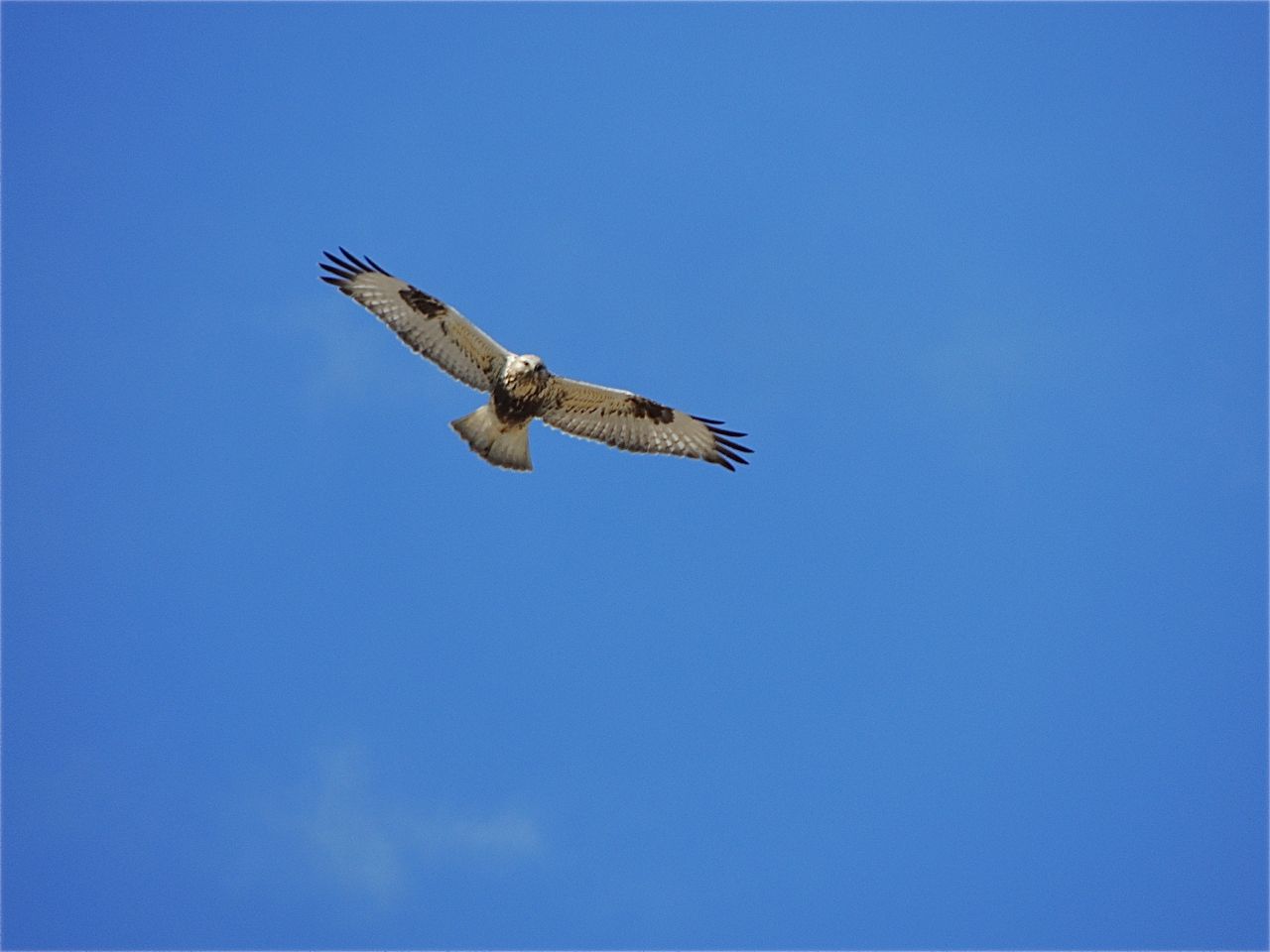
Along the edges of farm field I saw and heard Horned Larks, watched a pair of Northern Mockingbirds getting to know each other, and a Killdeer eyed me nervously. I was pleased to find a group of about 40 Tundra Swans mixed in with several hundred Canada Geese fueling up in the newly exposed cornfield and flood plain at the bend of a river.
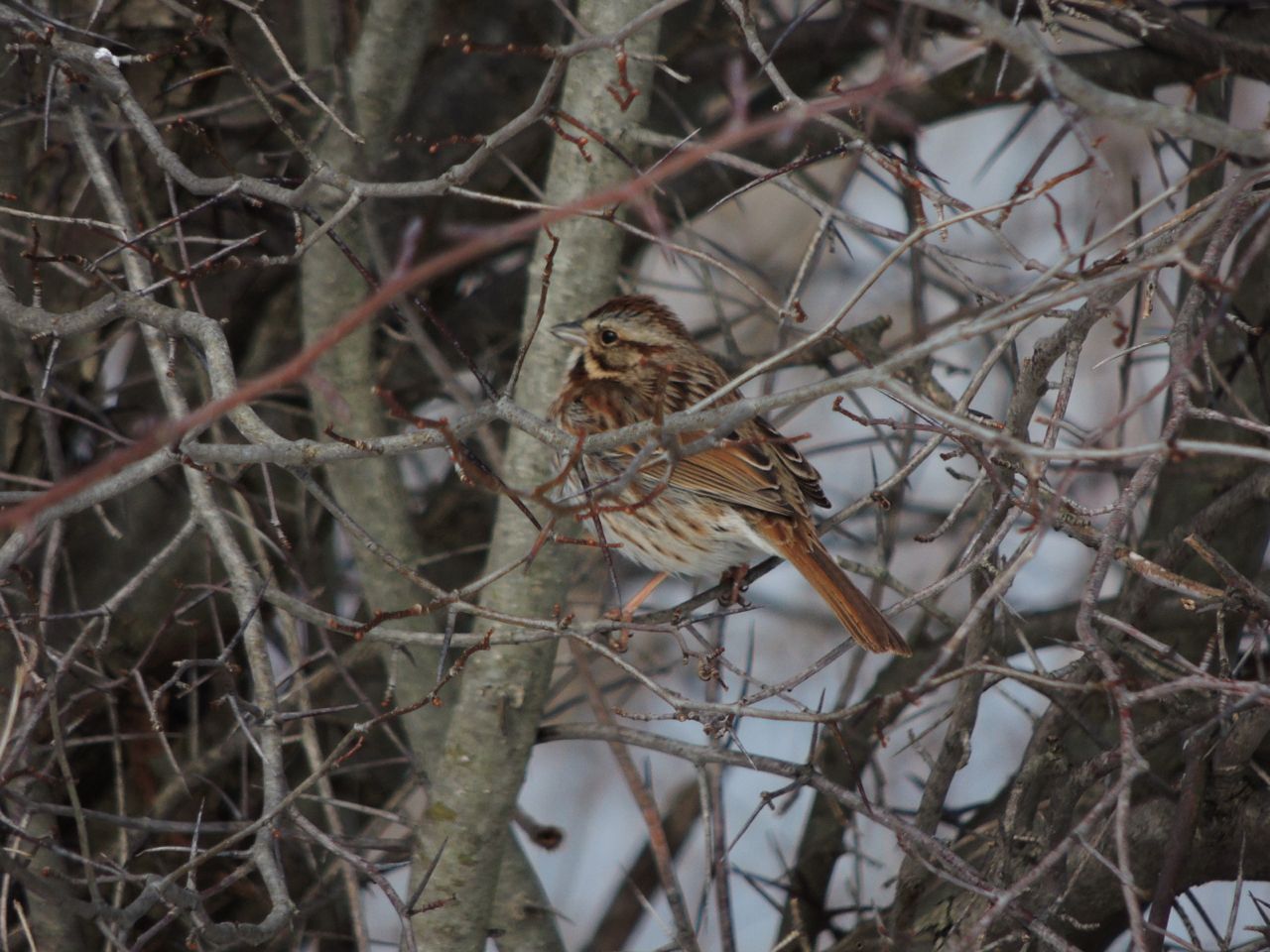
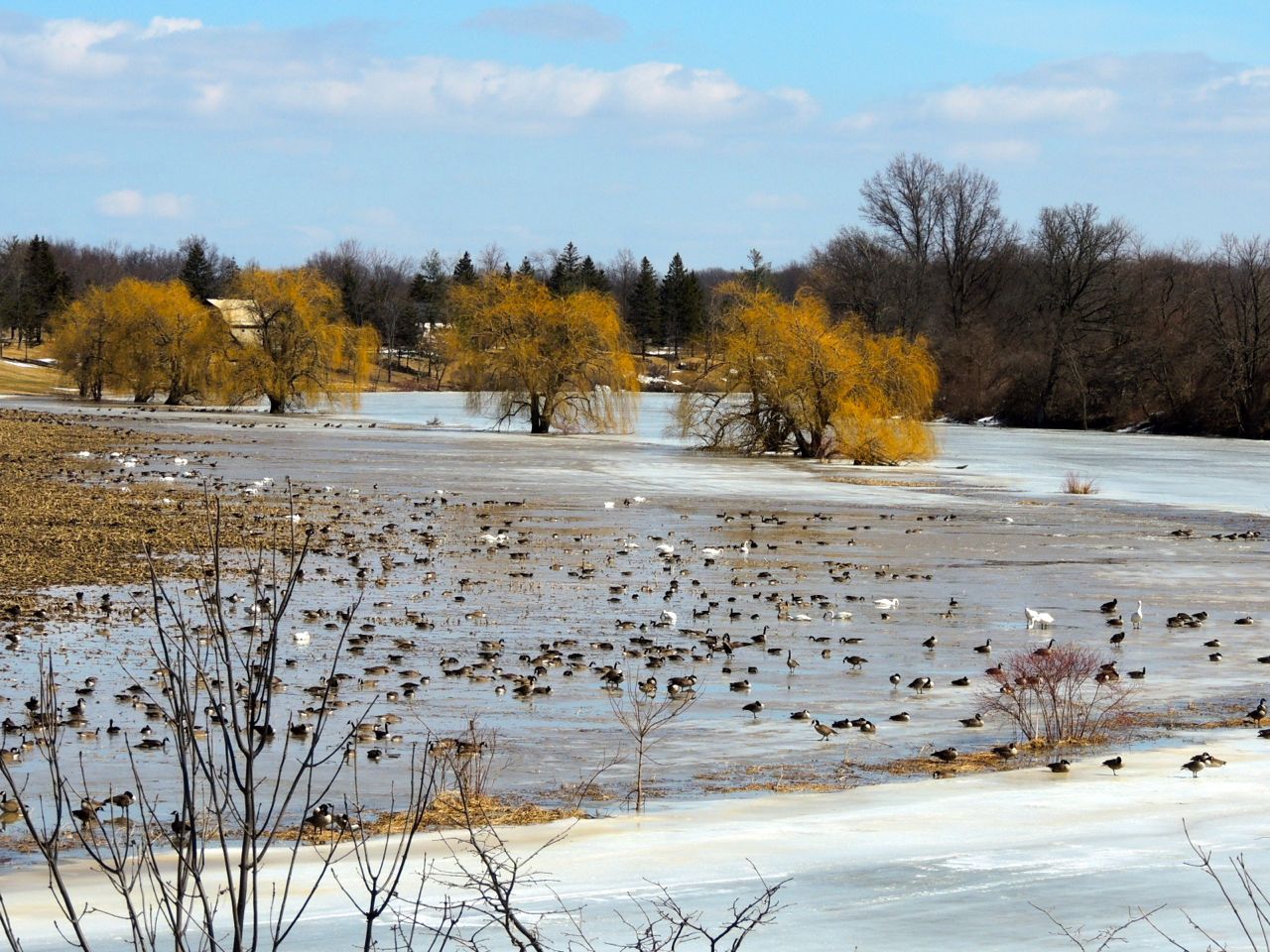
Recalling the metaphor about the blinding rain; snow is forecasted tonight and then two or three very cold days to follow. Here’s a few pictures to ease the pain.
